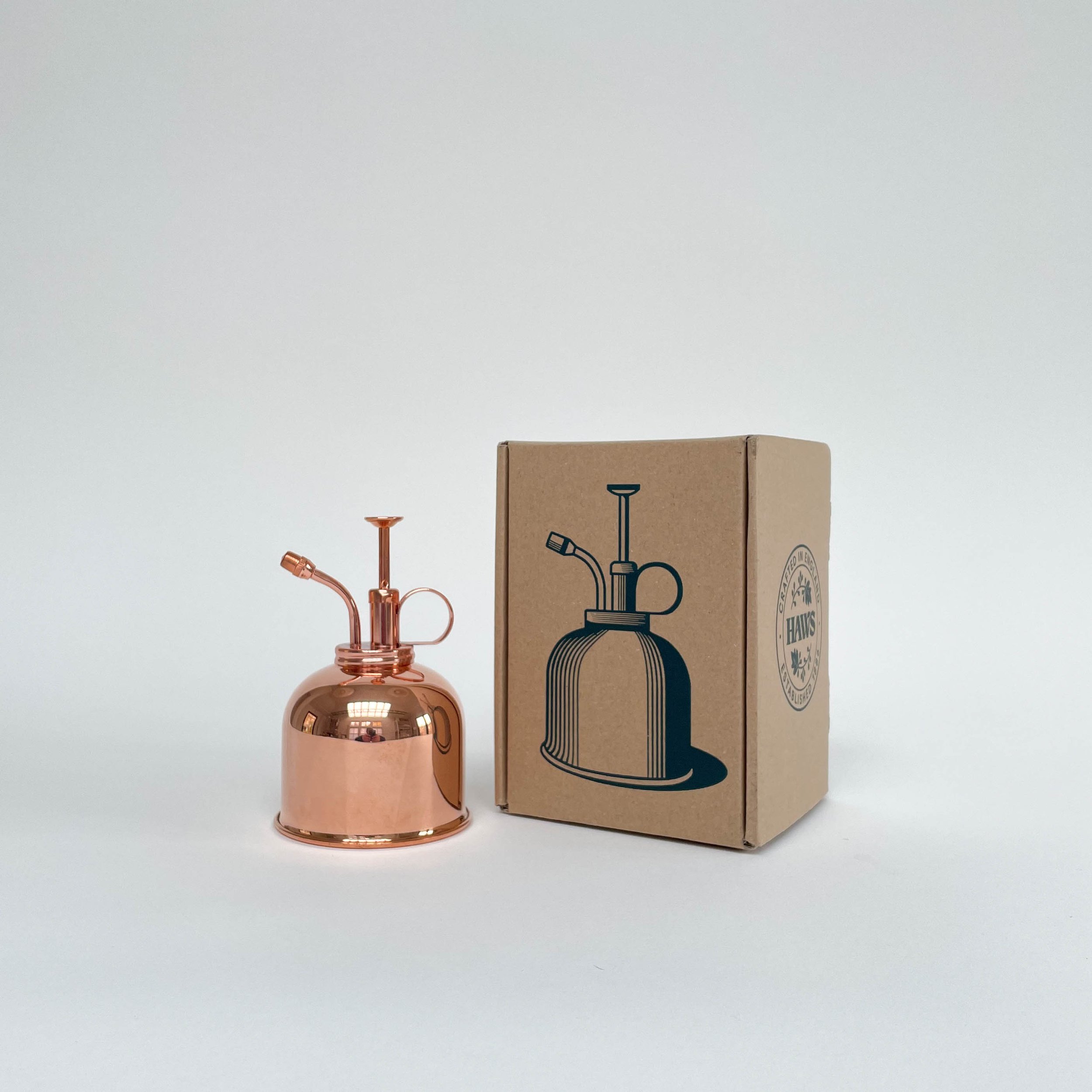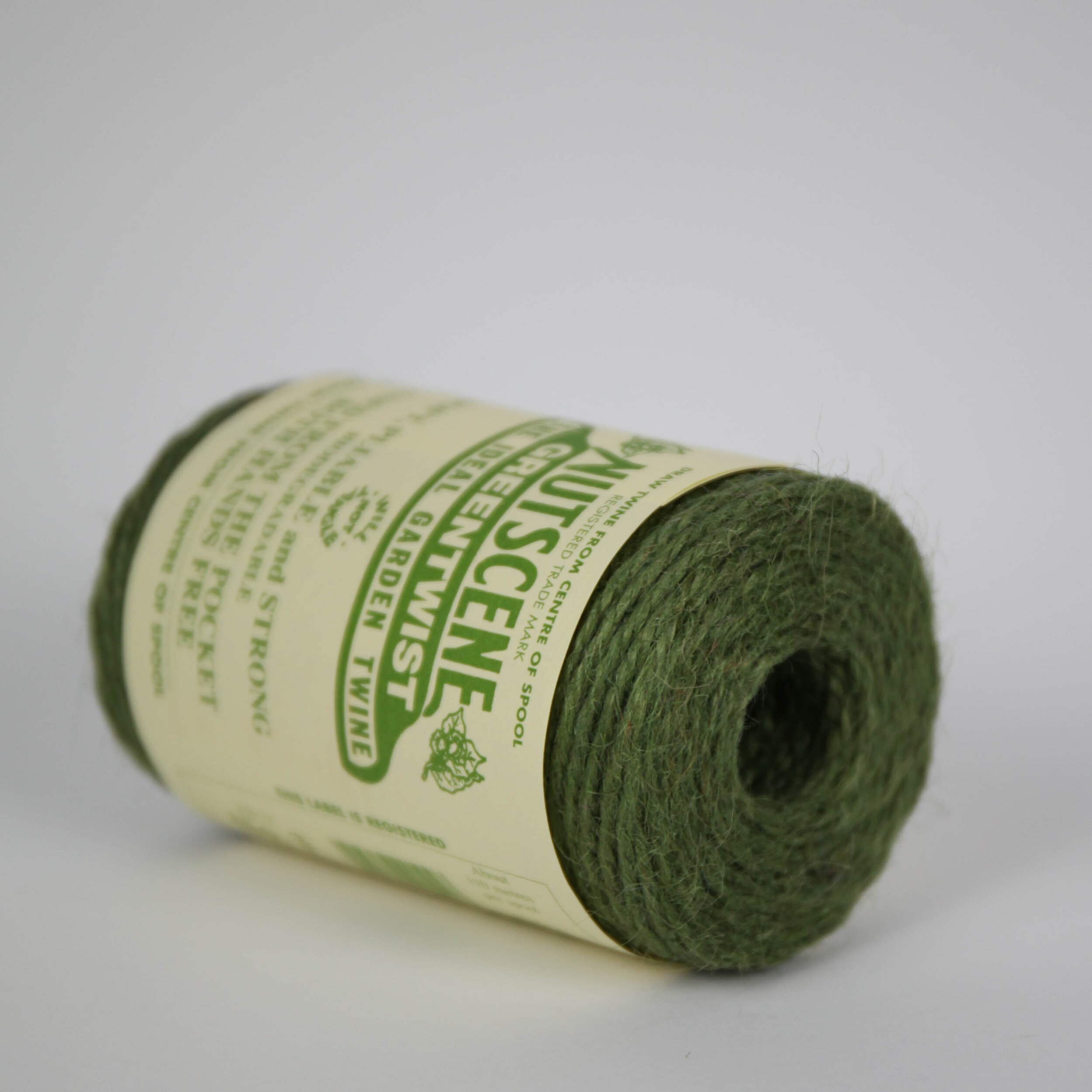GREEN: THE SPACE BETWEEN BLUE AND YELLOW
SPRING
Green is for…new life, spring, renewal, nature. It’s ecology, the environment, wildlife, gardening (‘green-fingers’). It’s associated with growth, harmony, freshness, innocence (‘they we’re a little green’). Green is for money, banking, ambition (‘the grass is always greener’), it’s for jealousy (‘the green-eyed monster’), sometimes it’s for sickness (‘feeling a little green at the gills’), it’s for health (‘eat your greens’). It’s thought to be the least stressful colour (must be why exam papers were printed on green paper…?) Green takes up more space in the spectrum visible to the human eye (it’s to do with the nanometre variation in wavelength). It’s the dominant colour in the natural world so makes an ideal background in interior design as we’re so used to seeing it everywhere. Handy.
Green is for GO. Here we take a lazy ramble through some casual thoughts on greenery…
INSIDE GREEN
Green has been significant in interior decoration for centuries. Regency fashion favoured green interiors, the Duke of Devonshire reputedly decorated almost entirely in green and it’s well documented that Napoleon Bonaparte had green wallpaper on the walls of his exile residence on St Helena. In fact it was Carl Wilhelm Scheele, a Swedish chemist who began experimenting in 1775 and developed a striking green paint - the preparation contained a dose of arsenic. Scheele was worried about the poisonous nature of the paint but not worried enough! He decided the colour was too good not to sell. Scheele’s Green was, fatally in many cases, painted and pasted onto walls across Europe for many years. But green wasn’t only important in a domestic setting…
ARTISTIC GREENERY
…the lure of greens has historically proved strong in the art world too, the Ancient Egyptians used malachite pigment in paintings, and it remained popular across the world from Japan to Tibet. Even Leonardo da Vinci had opinions on ‘green’ reputedly saying that verdigris or ‘the green of Greece’ as it was commonly known was “very lovely but it doesn’t last…[it] vanishes into thin air if it is not varnished quickly”. In Persian art verdigris maintained it’s importance with green gardens symbolic of love and green wildernesses symbolic of debauchery!
OUTSIDE GREEN
There’s zero doubt that the word ‘green’ has never been so important. It became a transformative word for environmental groups in the ‘90s and early 00’s, now perhaps it’s been replaced by the more encompassing use of ‘sustainability’ to really involve us as individuals in our surroundings and in our responsibility to the wider environment.
There is so much to think about and to learn and radical steps need to be taken in our outside green spaces. The work of Isabella Tree at Knepp Farm, as documented in her book Wilding, has proved inspiring to us (we knew very little and have been awestruck by the bravery of the Knepp Farm project). What is clear is that our outside greenery needs to change, exactly how this translates into individual steps is a work in progress. As the landscape (as we know it) wakes up into it’s canvas of greens we will keep thinking and learning.
Sources:
Colour; Travels Through The Paintbox, Victoria Finlay
Wilding, The Return Of Nature To A British Farm, Isabella Tree


















